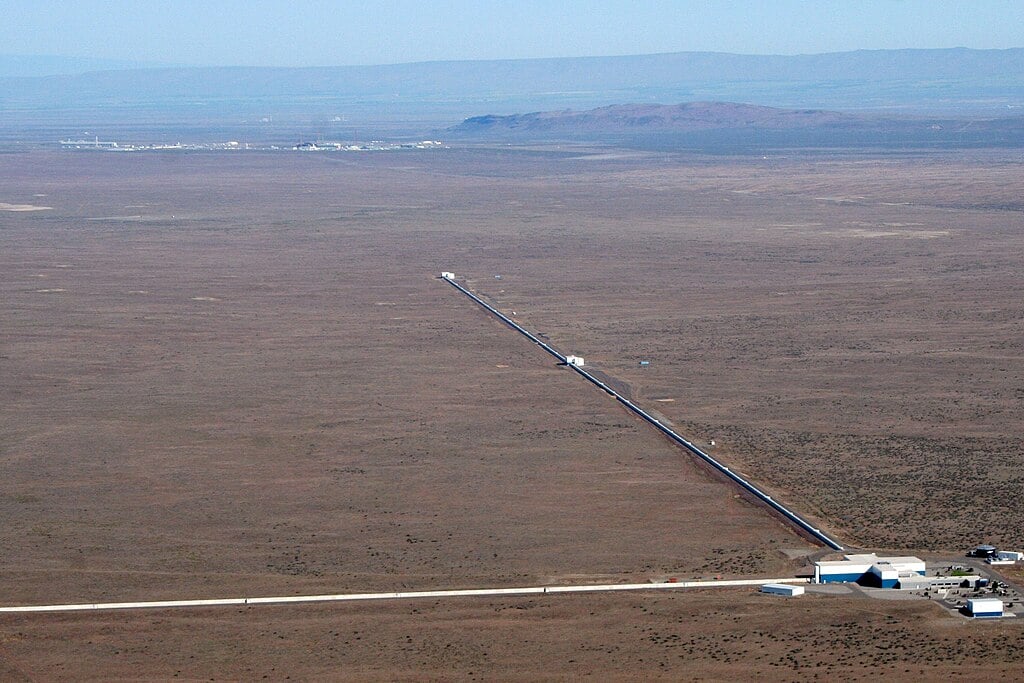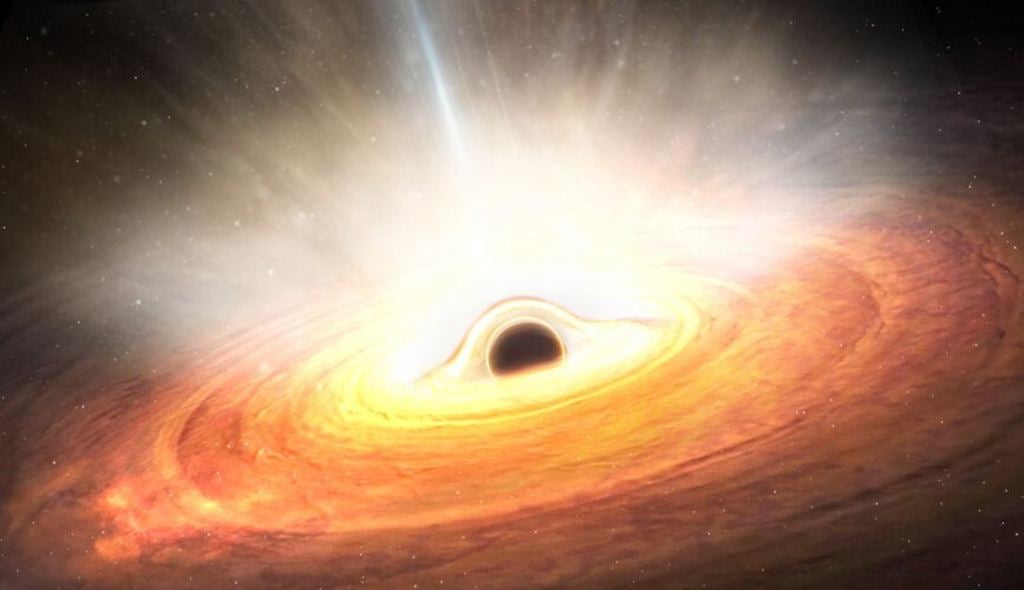The merging of black holes and neutron stars are among the most energetic events in the universe. Not only do they emit colossal amounts of energy, they can also be detected through gravitational waves. Observatories like LIGO/Virgo (Laser Interferometer Gravitational Wave Observatory) and KAGRA (The Kamioka Gravitational Wave Detector) have detected their gravitational waves but new gravitational wave observatories are now thought to be able to detect the collapse of a massive rapidly spinning star before it becomes a black hole. According to new research, collapsing stars within 50 million light years should be detectable.
The acceleration of massive objects can create ripples in space-time known as gravitational waves. They were first predicted by Albert Einstein in 1915 in his General Theory of Relativity. The waves are thought to travel at the speed of light and carry energy across the cosmos. Unlike electromagnetic waves, the gravitational waves seem to interact weakly with matter which allows them to pass unimpeded through stars, planets and galaxies. In 2015, the first gravitational waves were detected by the LIGO.
Black holes and neutron stars are the remains of the death of stars. When supermassive stars reach the end of their lives they create astronomically (pardon the pun) dense objects. Neutron stars are stellar cores where the space between neutrons has been squeezed out leaving behind one great big neutron, often just a few tens of kilometres across. The remains of even more massive stars get compressed to an object of infinitely small size, a singularity, the power house of a black hole.
In a paper published in The Astrophysical Journal Letters by Ore Gottlieb and team, it proposes how the collapse and death of massive stars (of the region 15 to 20 times the mass of the Sun) can generate gravitational waves. As the star ends its life, the core runs out of fuel and no longer generates the thermonuclear force to stop the collapse. The collapse leaves behind a large disk that quickly spirals around before falling into the black hole and it is this that it is thought, generates gravitational waves. The team goes on to suggest that the various gravity wave detectors on Earth may well be able to detect them.
To date, only merger events have been observed through gravitational waves. The simulations from the study took into account stellar evolution models including magnetic fields and cooling rates in the moments after core collapse. The simulations showed that the collapse events produce gravitational waves powerful enough to be detected from a distance of 50 million light years. The more powerful events already detected are ten times more powerful.
The results are a surprise to the team that expected the results to show a jumble of waves that would be difficult to discern above the background noise of the universe. They even suggest that it's possible that existing data may already hold observations of such events.
To fully model the collapse events and how the gravity wave data may present itself, an estimated 1 million collapse simulations need to be run. Alas this is an expensive undertaking and unlikely to secure funding. Instead gravity wave astronomers are searching through existing data, looking for signals that are similar to the simulations the team have already run. One approach is to search for supernova events and to see if gravity wave observations detected any signals at the same time. The task however, is a daunting one but the hunt continues.
Source : New Detectable Gravitational Wave Source From Collapsing Stars Predicted From Simulations
 Universe Today
Universe Today


